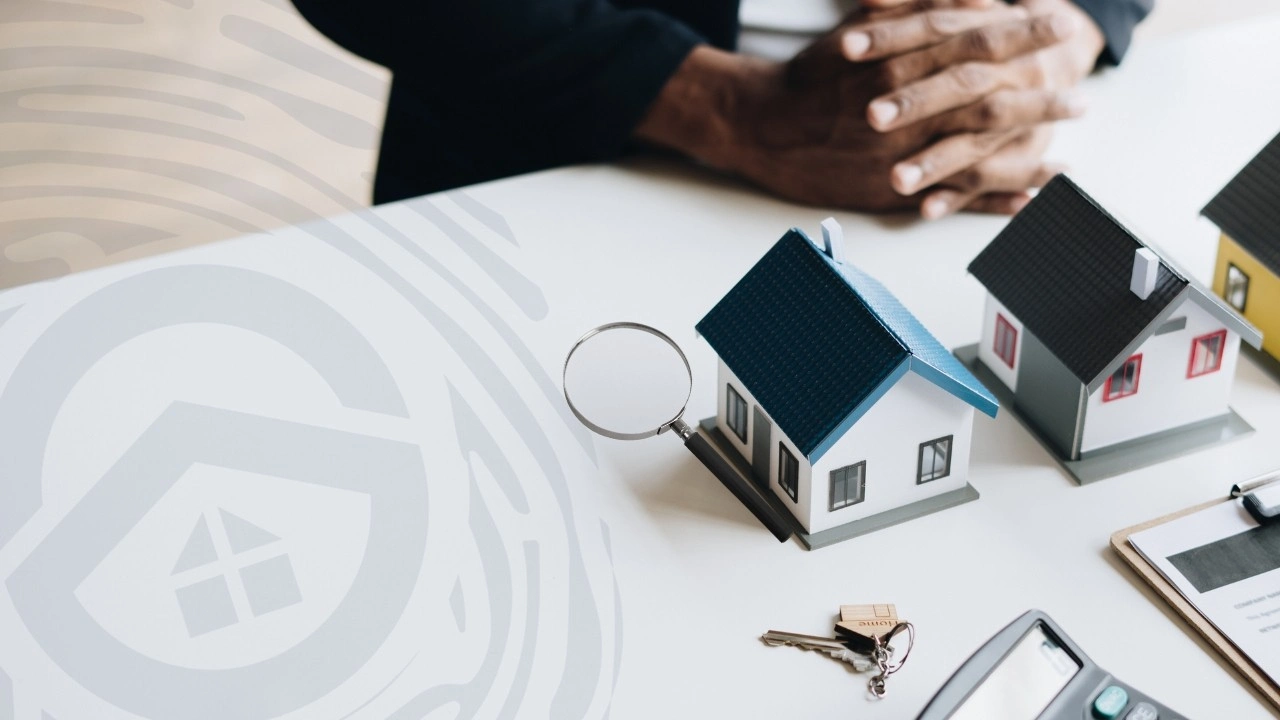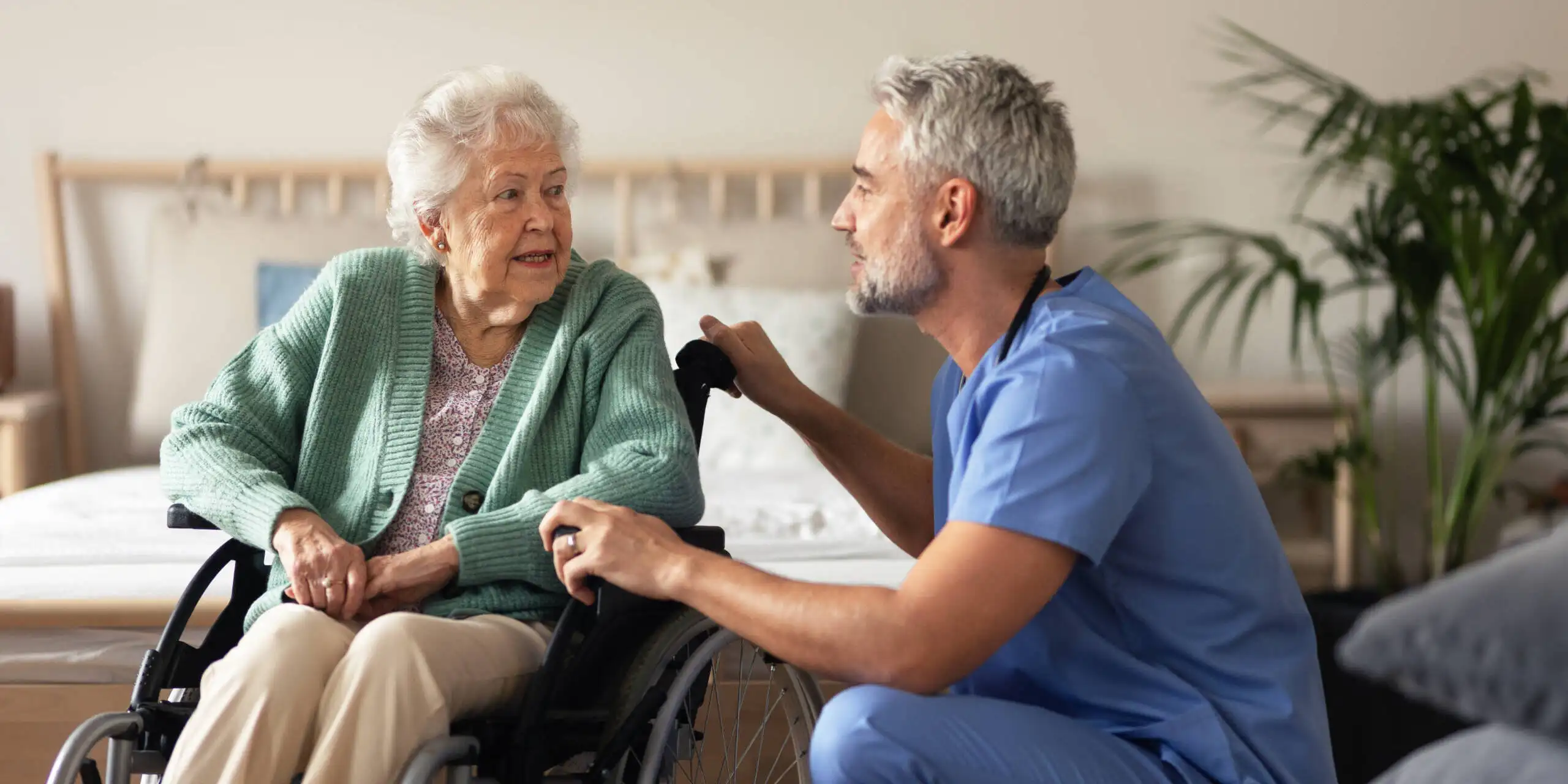There is an old adage that says, “An ounce of prevention is worth a pound of cure.” This is particularly true when it comes to safeguarding health clinics. In today’s world, health clinics face various challenges, from security threats to ensuring patients receive the best care possible. One solution that has gained popularity in recent years is the use of IP cameras.
IP cameras offer a range of benefits, including remote access and monitoring, improved security and surveillance, and enhanced patient care and staff safety. With remote access and monitoring, health clinics can keep an eye on their facilities from anywhere in the world. This means that administrators can quickly respond to any emergencies or issues that arise, minimizing damage and ensuring that patients are safe. Improved security and surveillance help clinics prevent theft and vandalism. Meanwhile, enhanced patient care and staff safety allow health clinics to provide a better experience for patients while ensuring that their staff is safe and secure at all times.
The Benefits of Using IP Cameras in Health Clinics
The implementation of advanced surveillance technology can offer numerous advantages to medical facilities, including increased security, enhanced patient privacy, and improved staff accountability. Megapixel IP cameras, in particular, have become a popular choice for health clinics due to their cost effectiveness and ease of installation process. These cameras offer high-quality video and audio recordings that can be accessed remotely, making it easier for medical staff to monitor and ensure the safety of patients and staff members. Additionally, IP cameras can also be integrated with other security systems, such as alarms and access control systems, further enhancing the overall security of the facility. With the ability to monitor and record activities in real-time, health clinics can also improve their staff accountability, ensuring that all employees are following proper protocols and procedures. Overall, the benefits of using IP cameras in health clinics are vast, and the ability to access and monitor these cameras remotely only adds to their effectiveness.
![]()
Remote Access and Monitoring
Implementing remote access and monitoring systems in healthcare facilities has become increasingly crucial in ensuring efficient and effective healthcare delivery. With the use of IP cameras, health clinics can now remotely monitor their facilities and access live footage from anywhere at any time, providing an added layer of security and peace of mind. These cameras are mobile compatible, allowing healthcare providers to monitor their clinics on-the-go using their smartphones or tablets. However, with the use of remote access, data privacy becomes a concern. Health clinics must ensure that their IP cameras are secure and that the data collected is protected from unauthorized access. Despite this concern, the benefits of remote monitoring far outweigh the risks. Remote access and monitoring systems allow healthcare providers to quickly identify issues within their clinics and respond promptly, resulting in improved patient care and satisfaction. With the introduction of improved security and surveillance, healthcare facilities can further enhance the safety and protection of their staff and patients.
Improved Security and Surveillance
Enhancing security and surveillance in healthcare facilities has become increasingly essential, as it can improve patient care and staff safety through the identification and prompt response to potential issues. IP cameras can help healthcare facilities to achieve this by providing access control and facial recognition technologies that can prevent unauthorized access and protect against potential security threats. With IP cameras, healthcare facilities can monitor the activities of visitors, patients, and staff to ensure that they are adhering to the facility’s policies and procedures. Access control systems can be integrated with IP cameras to prevent unauthorized access to sensitive areas of the facility, such as medication storage rooms and operating theaters. Facial recognition technology can also be used to identify potential threats and alert security personnel in real-time. With these advanced security measures in place, healthcare facilities can provide a safe and secure environment for patients and staff. In the subsequent section, we will explore how these security measures can enhance patient care and staff safety.
Enhancing Patient Care and Staff Safety
This section delves into the ways in which security and surveillance technologies can be leveraged to support the provision of high-quality healthcare and ensure the safety of personnel in medical facilities. IP cameras have become an essential tool for health clinics as they allow for continuous monitoring of patient care and staff safety. With the increased use of electronic health records, patient privacy has become a crucial issue in healthcare. IP cameras can help mitigate this concern by monitoring who accesses patient records and ensuring that only authorized personnel have access. Furthermore, legal considerations must be taken into account when implementing IP cameras in healthcare facilities. Patient consent and privacy laws must be adhered to, and proper policies must be put in place to ensure that the cameras are not used for illegal or unethical purposes. In conclusion, IP cameras can significantly enhance patient care and staff safety in health clinics, but proper planning and consideration must be taken to ensure patient privacy and legal compliance.
Conclusion
The use of IP cameras in health clinics has become increasingly popular due to the numerous benefits they offer. One of the most significant advantages is remote access and monitoring. With IP cameras, healthcare professionals can remotely monitor their patients, especially in cases where patients require constant attention. This technology also allows doctors to monitor their clinics from any location, ensuring that everything is running smoothly even when they are not physically present.
Another benefit of IP cameras is improved security and surveillance. Health clinics are often targeted by criminals due to the valuable assets they possess. With IP cameras, healthcare professionals can monitor their clinics and identify any suspicious activity. This technology has proven to be effective in deterring criminal activity and enhancing the safety of patients and staff members.
In addition to the security benefits, IP cameras can also enhance patient care and staff safety. By monitoring patient interactions, healthcare professionals can identify areas where patient care can be improved, ensuring that patients receive the best possible care. Additionally, IP cameras can be used to identify potential safety hazards, such as slip and fall incidents, allowing for quick action to be taken to prevent accidents.
According to a recent survey, over 80% of healthcare professionals believe that IP cameras have improved patient safety and care in health clinics. Additionally, over 70% of healthcare professionals reported a decrease in criminal activity after implementing IP cameras in their clinics. These statistics highlight the significant impact that IP cameras have on health clinics and the importance of using this technology to provide optimal patient care and staff safety.
You may also like to read:
Standard Procedures For Food Safety In The Catering Industry







